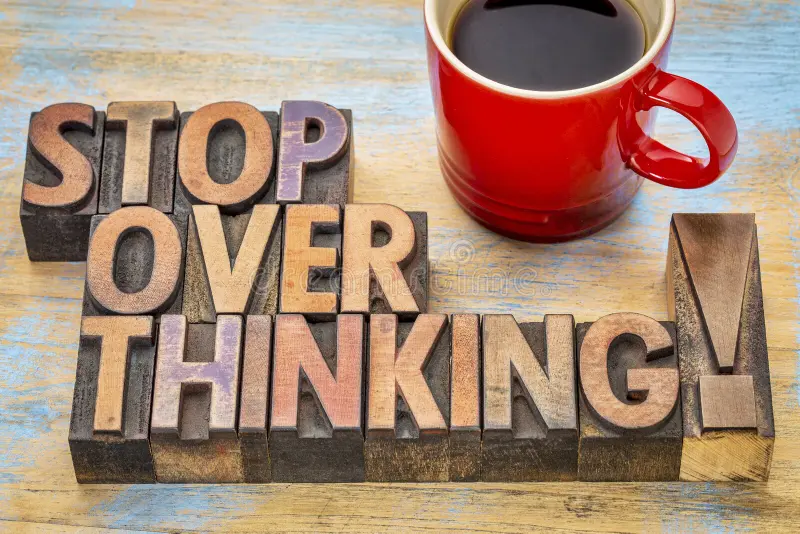Stop Overthinking
“The more you think, the less you’ll know what’s real.” – Nick Trenton
Stop Overthinking* by Nick Trenton offers practical techniques for breaking free from the mental clutter and stress caused by overthinking.
Published as part of The Path to Calm series, this guide is a must-read for anyone feeling bogged down by their thoughts.
I chose to review this book because its actionable approach to reducing stress and fostering mindfulness aligns perfectly with the themes of calm, clarity, and mental wellness that resonate with readers today.

Summary of the Book
Stop Overthinking* is a straightforward, hands-on guide that presents 23 techniques for overcoming stress, negative thought patterns, and mental clutter.
Trenton delves into practical methods, from cognitive behavioral techniques to mindfulness exercises, aimed at helping readers regain control over their minds and focus on the present.
This book is ideal for those looking for an accessible, no-nonsense guide to stopping overthinking and achieving a more balanced mental state.
In-Depth Analysis of Stop Overthinking
Writing Style: Trenton’s writing is clear, concise, and highly approachable. The book avoids complex jargon, making psychological concepts easy to grasp.
Each technique is explained in simple terms, often accompanied by examples to show how they can be applied in daily life.
Strengths: One of the main strengths of Stop Overthinking is its practicality. Trenton provides specific, actionable steps that make it easy to implement his advice.
The wide range of techniques means readers are likely to find multiple strategies that work for them, regardless of their lifestyle or experience with self-help practices.
Areas for Improvement: While the book’s simplicity is a strength, it may feel somewhat basic to those already familiar with mindfulness and stress-reduction techniques.
Additionally, some techniques may feel repetitive, though this could also reinforce the practices for readers looking to create lasting habits.

Key Takeaways or Lessons
- Mindfulness Over Mood: Trenton emphasizes focusing on present-moment awareness as a means to disrupt overthinking cycles. By anchoring oneself in the present, readers can reduce anxiety and increase clarity.
- Cognitive Behavioral Techniques: The book introduces several CBT-based methods to reframe negative thoughts and break free from unhelpful mental patterns.
- Daily Practice of Decluttering the Mind: Trenton suggests incorporating small, daily exercises for decluttering the mind, from breathing exercises to visualizations, helping readers foster a habit of calm.
Notable Quote: “You are not your thoughts. The more you identify with them, the less you can see the reality of the present moment.”
Personal Reflections
Stop Overthinking has a refreshingly straightforward approach to tackling mental clutter.
The techniques Trenton shares are both practical and easy to integrate into daily life.
Compared to other books in the mindfulness genre, Stop Overthinking feels immediately applicable, providing tools that don’t require deep meditation or extended practice.
This book is a helpful addition to any mindfulness or personal growth library.

Conclusion Stop Overthinking and Recommendation
Stop Overthinking by Nick Trenton is a valuable resource for anyone looking to calm their mind, focus on the present, and break free from negative thought patterns.
With 23 techniques to choose from, readers can try different strategies and tailor the advice to fit their needs.
This book is highly recommended for beginners in mindfulness or anyone struggling with overthinking.
Rating: 4.5/5 stars
Recommendation: Ideal for readers seeking simple, actionable methods to overcome overthinking and build a more peaceful, present-focused mindset.

